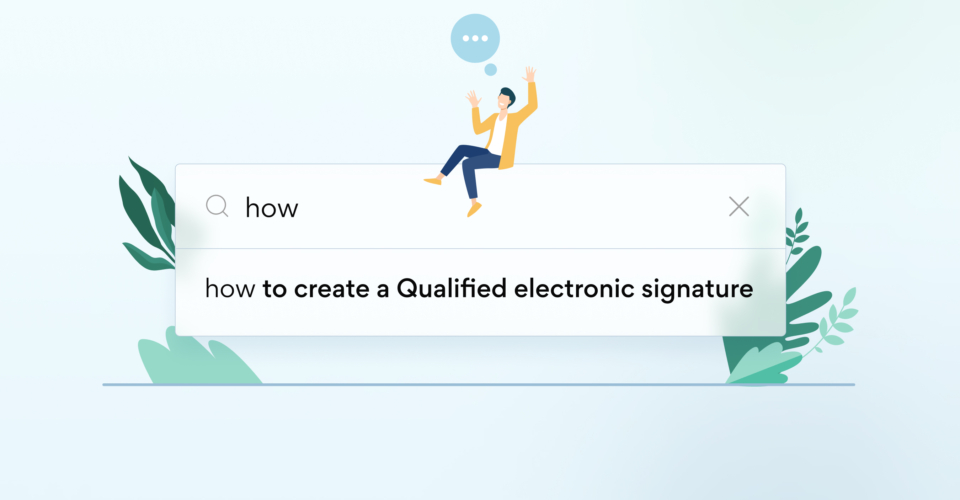A qualified electronic signature has a number of advantages over a handwritten signature. One of these is the possibility to check the authenticity of the signature: when exactly it was placed and whether the documents have been changed after. This can be easily done using the Mark Sign platform.
What is the importance of document verification?
According to European Union regulations, one of the things that ensure the reliability of an electronic signature is a platform that meets all security standards, such as Mark Sign. One of these complex security requirements is the ability to identify the signee of the document, what certificates were issued, and whether the signature is valid.
As soon as you open the signed document, you should see the name of the person who signed it as well as the time of signing. We usually don’t think about it when we sign, but in order to deceive someone, the document can be changed after the signature, for instance, by removing pages and adding new ones. The ability to verify the authenticity of the signatures in documents prevents such situations.
You can learn more about what parts a qualified electronic signature consists of by clicking here.
Checking the document – what do the possible answers look like?
Just like signing, checking a document requires you to first log in to your Mark Sign account. If you don’t have an account yet, you can easily do so with your mobile signature or Smart-ID app.
After logging in, you will see the following options in the menu bar. In the “Documents” section, you can select all signed documents, see their status, signatories, etc.
In the “Verify Document” section, you can upload a previously signed document and check the validity of the signature.

After uploading a file, the Mark Sign platform verifies its authenticity. What do the possible results look like?
Let’s think about the worst – someone changed a document after you signed it. You have the files, but maybe they’re so long and confusing that there is no way to be sure they are authentic. Then, when you upload the document to the platform, you will see the “Unsigned” mark, even if the document still contains your signature. Even though the mark will be visible, it will be invalid and not legally equivalent to your signature.
Here are two examples.
The first is a document signed by two individuals, which is not changed in any way. As you can see, all information as such is marked in the document information window.
In the second example, you see another check result. In both cases, the same document, signed by the same people, was submitted for verification. The only difference is that the second copy of the file has a new page inserted between the original sheets. The signature verification system records the change and provides an answer that none of the signatures previously placed are valid. Hence, the document itself is also invalid.
In a nutshell, it can be said that qualified electronic signature systems are more often used to sign documents, but their function of document verification is no less important. The process is quick, and convenient, and notices the changes that the human eye may not.



